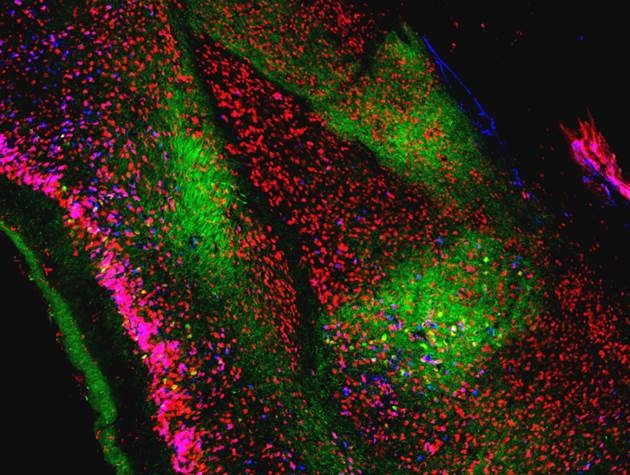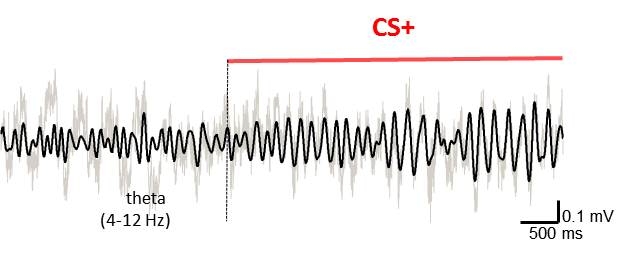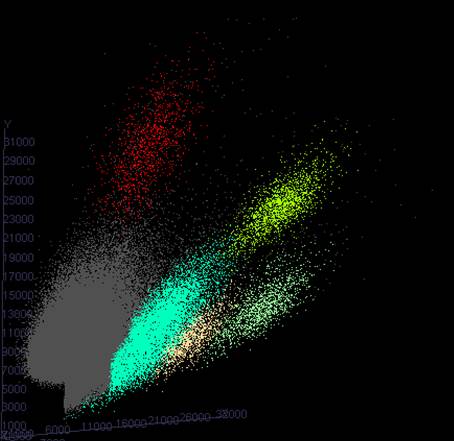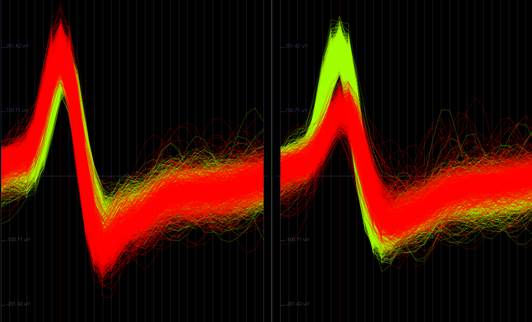We study how learning about threat and safety is shaped by cortical-subcortical communication, inhibitory signaling, oscillations, and neuro-glial interactions. The goal is to identify the neural processes underlying emotion regulation that are relevant for understanding and treating psychiatric disorders.
We use learning theory to investigate different aspects of emotion regulation in rodent models and the neuroscience toolbox to probe neural and glial activity in detail. Our approaches include neurophysiology, neuroanatomy, cell-specific manipulations, and transcriptomics. We are particularly interested in the ongoing dialogue between the amygdala, the prefrontal cortex and their input/output structures.
Research Projects
Prefrontal - basal forebrain – amygdala circuit interactions in extinction learning
Prefrontal – Amygdala dialogue during fear discrimination
Mechanisms of excitatory and inhibitory control in the amygdala
Role of oscillations in timing
Role of neuro-glial communication in plasticity
The effects of stress on circuits processing emotion regulation










